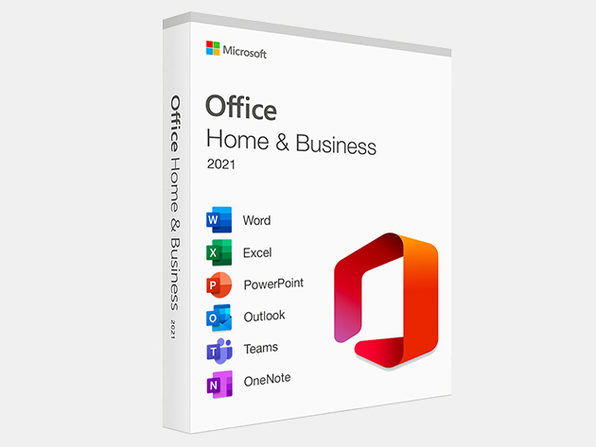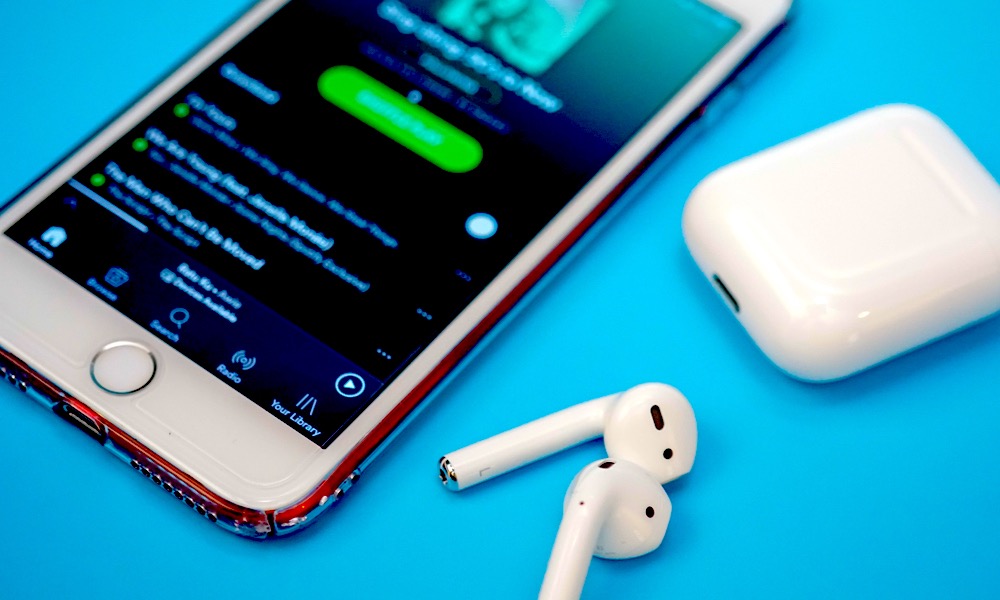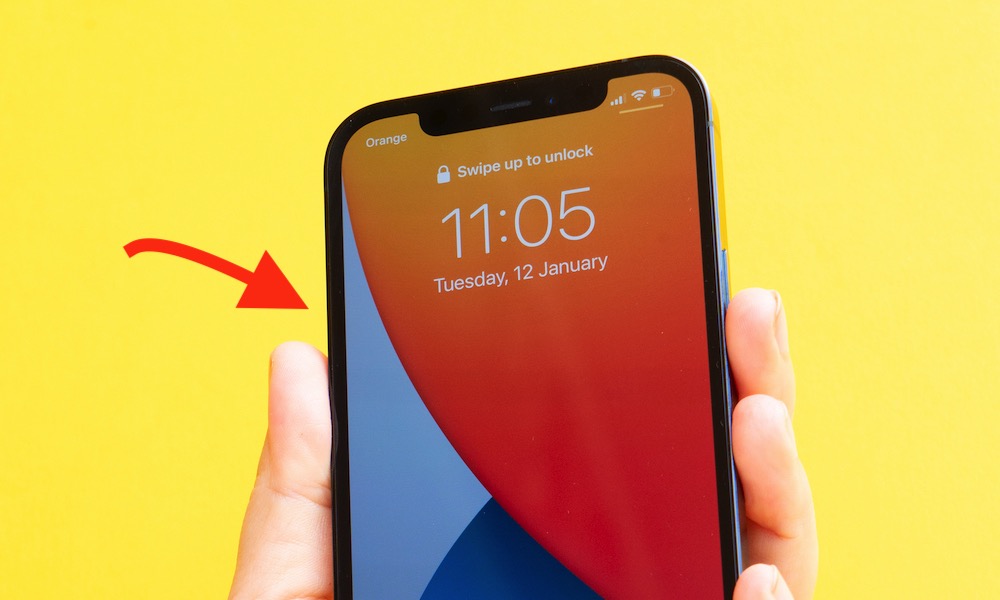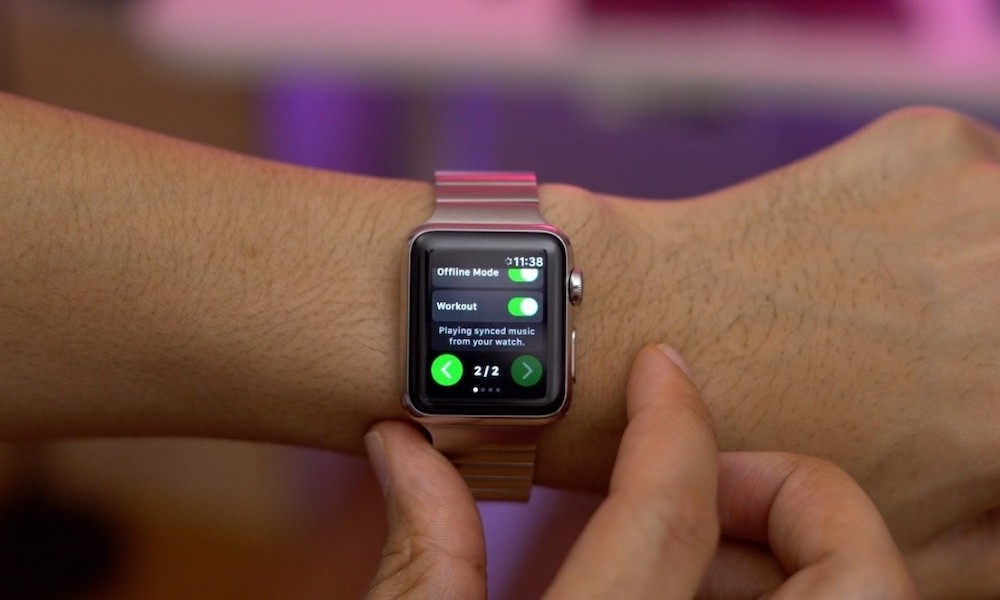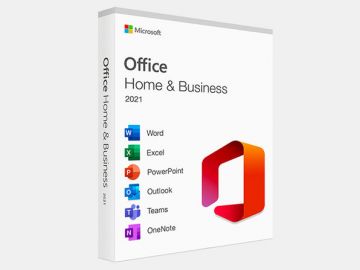iPhone Volume Buttons No Longer Work With Spotify Connect, But Whose Fault Is It?
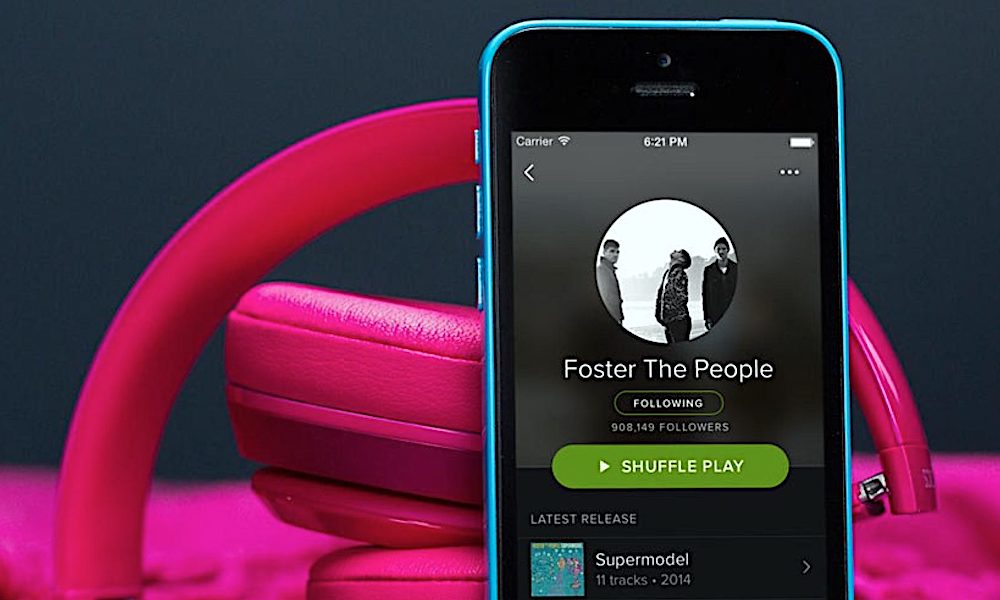 9to5Mac
9to5Mac
Toggle Dark Mode
Spotify is firing another shot at Apple following what appears to be a change in iOS that prevents the iPhone’s hardware volume buttons from working with Spotify’s connected devices.
We’re not sure when the behavior changed, but at one time, Spotify users were able to use the physical buttons on the side of the iPhone to adjust the volume when a music stream was playing through a Spotify Connect device, such as a wireless speaker, game console, or smart TV. However, Spotify says in a support article that Apple has “discontinued” the API for this, leaving Spotify users to resort to an on-screen volume control instead.
Apple has discontinued the technology that enables Spotify to control volume for connected devices using the volume buttons on the device. While we work with them on a solution, you can use the Spotify app to easily adjust the volume on your connected device.Spotify Support
Note that this only affects Spotify Connect; the hardware volume buttons still work fine in the Spotify app when playing music directly on your iPhone, including via AirPods, other Bluetooth earbuds or speakers, or even AirPlay (version one, that is). However, when using Spotify Connect in the latest version of the app, pressing a volume button will now show a slider at the bottom of the screen that users must use to adjust the volume.
While Spotify implies that Apple specifically discontinued a feature, this may be more a case of Spotify giving up on something that wasn’t well-supported by Apple in the first place. According to Sarah Perez at TechCrunch, Spotify claimed the technology was “already degraded before being discontinued,” providing an unreliable and unstable user experience. The new interface is there to provide “more consistent volume control.”
In other words, it’s not like Apple pulled the rug out under Spotify. The company chose to make this change to improve the user experience of its app — something it deserves kudos for — but it’s also using it as an opportunity to highlight what it claims is a violation of the European Union’s Digital Markets Act (DMA) by Apple, which requires it to provide “the same hardware and software features accessed or controlled via the operating system […\]as are available to services or hardware provided by the gatekeeper.”
Is Apple Being Anti-Competitive?
While this is open to interpretation, Spotify believes that Apple is violating the DMA by not allowing it to use the hardware volume buttons for Spotify Connect devices. It could be right about that, but Apple (which hasn’t responded to requests for comment) may interpret it differently.
Perez notes that Spotify has asked Apple to fix the hardware volume control features so that third-party developers can take advantage of them in the same way as they can with the HomePod. Apple reportedly responded that apps must integrate with the HomePod and AirPlay to access these capabilities.
As an example of where it believes Apple is giving itself a competitive advantage, Spotify also points out that Apple Music can access this technology while Spotify cannot. However, that’s not an entirely fair comparison, as this is a function of Apple Music supporting the HomePod and AirPlay. The hardware volume buttons work fine in other apps that use AirPlay to stream to any AirPlay-compatible speakers or remotely control music on a HomePod.
Apple makes AirPlay and HomePod support fully available to third-party developers. However, Spotify has made a deliberate decision not to embrace the HomePod — despite years of requests by Spotify fans in the Apple ecosystem — and has been dragging its heels on AirPlay 2 support.
While AirPlay is a proprietary protocol, so is Spotify Connect. Apple and Spotify license their protocols to manufacturers of speakers and other media devices, but it’s not uncommon to find accessories that support both. If Spotify supported AirPlay 2 (like it’s been promising to do for years), this would be far less of an issue.
It’s also worth mentioning that Sonos recently made a similar change for the same reasons; however, it didn’t point the finger at Apple, even though the speaker maker could make an even stronger case that Apple is hampering it since that’s the company’s whole business. Playing music on Sonos speakers is the sole purpose of the Sonos app, while Spotify Connect is arguably a secondary function in an app most folks use to listen through headphones.
Ultimately, this is just the latest chapter in a years-long battle between Spotify and Apple. While Spotify has some valid complaints regarding the App Store — and European courts agreed to the tune of a $2 billion fine — many of its accusations regarding hardware support often feel disingenuous, especially when it refuses to implement the features it’s complained about even after Apple opens up to third-party developers.
For instance, it took until 2018 for Spotify to roll out its first Apple Watch app, then two more years before direct streaming came to the Apple Watch, and another six months after that for offline playback. Spotify also took almost a year to embrace iOS 13’s new Siri APIs, even though it had complained loudly to the EU that Apple was being anti-competitive by “locking Spotify and other competitors out of Apple services such as Siri, HomePod, and Apple Watch.” Apple similarly opened the HomePod to third-party music streaming platforms, and while Deezer and even YouTube Music got on board, Spotify remains missing in action.

